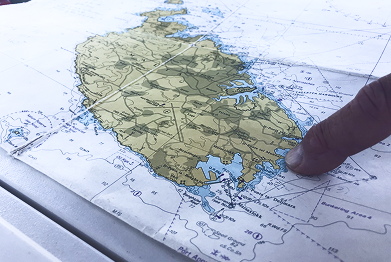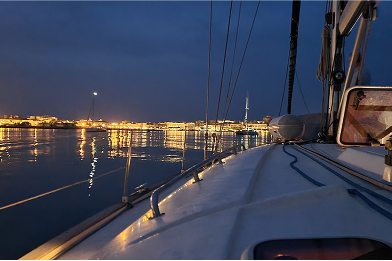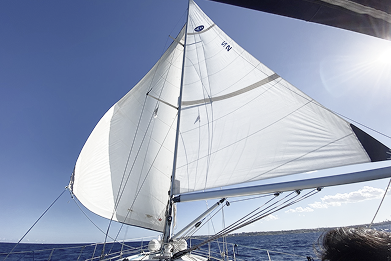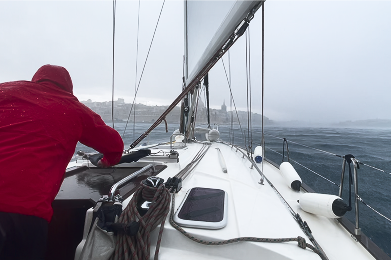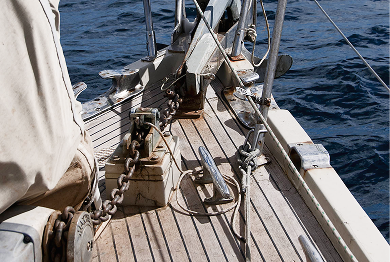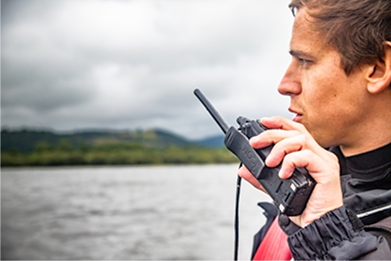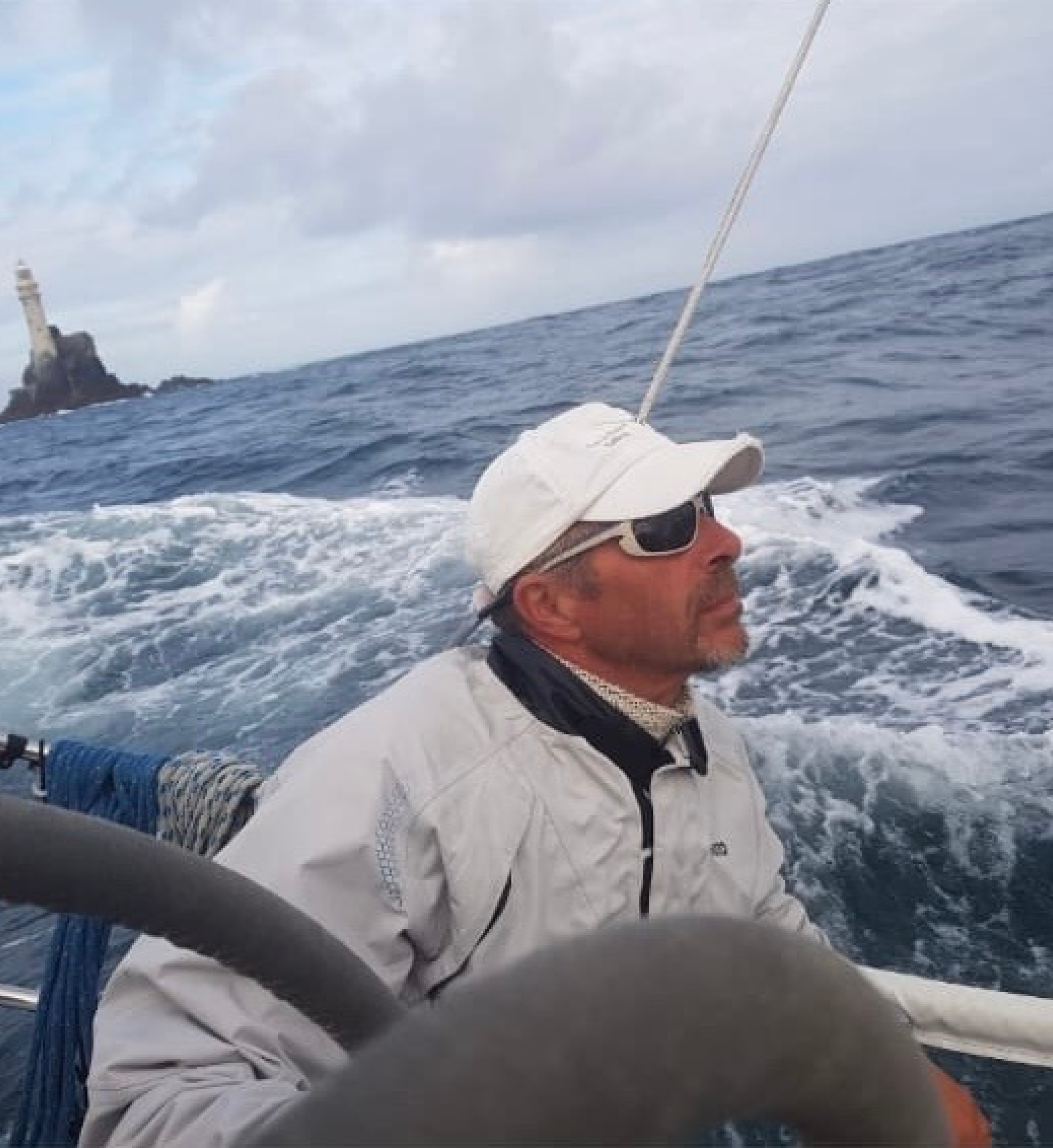7-Day Malta-West Sicily Mile Builder
Unforgetable Sailing Adventure
7-Day Mile Builder
4.9 rating of 57 reviews
Bavaria 46C - 4 cabins
Mon - Sun / Sat - Fri
14 - 65 years old
3 - 8 people onboard
300 Nautical Miles
All year available
Manoel Island Yacht Marina
No assumed knowledge
Prices from €1400 per person
7-Day Malta-West Sicily Mile Builder
Unforgetable Sailing Adventure
Ready to elevate your sailing skills? Join an exciting mile-building adventure from Malta to Sicily and back, featuring a mix of coastal hops and longer offshore passages. This week-long journey offers both challenges and rewards, leaving you with a true sense of accomplishment.
Gain valuable experience, log 350NM of qualifying passages for the Yachtmaster Exam, and enjoy additional coaching tailored to your needs.
- Your own cabin! No-one shares unless by choice when booking
- Option for couples, families or groups on 46ft cruise yachts
- You can join this trip as RYA Competent Crew course (if you completed theory)
- You will be expected to helm and keep watch!
7-Day Mile Builder
Bavaria 46C - 4 cabins
Mon - Sun / Sat - Fri
14 - 65 years old
3 - 8 people onboard
300 Nautical Miles
All year available
Manoel Island Yacht Marina
No assumed knowledge
Prices from €1400 per person
Upcoming Trip Dates
This course is arranged upon request, please contact us or send us an enquiry if you're interested. 😉Essential Skills Practiced During Mile Building
Passage Planning & Navigation
• Planning the route before departure, taking into account weather, tides, currents, hazards, and stopovers. • Identifying way points, adjusting course, and ensuring the passage is safe and efficient.
Night Sailing & Watchkeeping
• Sailing in darkness with limited visibility using navigation lights, radar, AIS, and chart plotters. • Watchkeeping involves standing shifts (watches) during long passages, where crew members rotate roles.
Sail Handling & Trim Optimization
• Adjusting sails to maximize speed, efficiency, and comfort based on wind conditions. • Understanding how different sail settings affect the boat's performance.
Heavy Weather Sailing & MOB
• Techniques to handle strong winds, rough seas, and unexpected squalls. • Using storm sails, heaving-to, deploying drogues, and managing crew fatigue. • Practicing man-overboard drills.
Anchoring & Mooring Techniques
• Learning how to safely anchor in different seabed conditions. • Mooring in various settings, including marinas, pontoons, and mooring buoys.
Radio Communication & COLREGS
• Using VHF radio to communicate with harbormasters, coast guards, and nearby vessels. • Understanding Collision Regulations (COLREGs) for right of way at sea.
Between Malta and Sicily
A region in the central Mediterranean known for its rich history, stunning coastlines, and vibrant sailing traditions
1
2
3
4
5
6
7
A Grand Sailing Destination
Malta - Valletta
Valletta, Malta’s historic capital, has been a maritime powerhouse since the 16th century. Its Grand Harbour, once a key naval stronghold for the Knights of St. John, now thrives as a hub for sailing, yachting, and prestigious regattas. With its fortified waterfront and world-class marinas, the city remains deeply connected to its seafaring past.
* example mile builder stops, subject to weather
Typical Itinerary (one week cruise)
Visit Malta, Gozo, Licata, Sciacca, Marsala, and Porto Empedocle, with night sailing and longer passage. Sail coaching available for those wishing to improve their skills. Approx. 350NM (7 days) logged, with the possibility to take it as Coastal Skipper Practical course.
Meet the crew, conduct a passage plan briefing, and stock up on provisions before setting sail to Gozo's Mgarr Marina. This is a great warm-up leg to practice boat handling and navigation. A relaxed evening allows for last-minute preparations before the longer offshore passage ahead.
Never sailed before?
You can still join the trip if you are in good physical and health condition,
but we strongly recommend completing our RYA Competent Crew course as a minimum.
Testimonials
Our students loved it
Excellent
Excellent
Excellent
Mile building tour gallery
Set sail on our mile-building adventure between Malta and Sicily, guided by an expert instructor, where you’ll experience the best of the Mediterranean’s coastal beauty and rich history.
Recent Instagram photos
Frequently Asked Questions
Contact us
Careers
We are a small, growing sailing school that aim to become to the the leading RYA training centre in the Mediterranean area.







